Mexico is Latin America’s most visited tourist destination.
While mariachis and breathtaking beaches may come to mind when you hear of Mexico, the country offers more fun. The rich Mexican cultural diversity is one of a kind, thus making Mexico one of the hottest destinations in the world.
The outstanding food cuisines will entertain your kids, while the fascinating history will be unforgettable. They will itch to visit this country and experience it firsthand.
Before you decide to land there, here are 16 fun facts about Mexico that your kids will love and help them understand the Latin American country better.
- A Mexican Invented First Color Television
- Chewing Gum Originated in Mexico
- Mexicans Discovered Hot Chocolate
- The Fantastic Cuisine is a World Cultural Heritage
- The People Are Welcoming and Friendly
- North America’s First Printing Press Was Launched in Mexico City
- Mexico City Has the Second Highest Number of Museums
- Mexico is a Big-Time Coca-Cola Consumer
- Mexico City Sinks 12cm Annually
- Mexico Has the World’s Largest Pyramid
- Mexican Kids Don’t Get Presents on Christmas
- Mexico is Home to the Largest Wildcat and Jaguars
- Day of the Dead is a National Holiday in Mexico
- Millions of Butterflies Migrate Through Mexico Every Year
- Mexico has More Coastline than Land Borders
- Mexico Has 42 Active Volcanoes
- Parting Shot
A Mexican Invented First Color Television
Guillermo González Camarena, a Mexican born in Guadalajara, Jalisco, invented color television. If not for this electrical engineer who invented the color-wheel television, the world would still be black and white. In 1940, he presented the country with his self-built color TV and requested a patent for a color transmission system.
González improved the trichromatic system to a chronoscopic adapter that would enable his first color image transmission. After receiving the patent in 1946, he screened color images directly from his Mexico City lab. The voyagers used this color image system in the Voyager 1 spacecraft.
Chewing Gum Originated in Mexico
Santa Anna had taken the habit of chewing chicle to calm his nerves. Chicle is a natural gum from sapodilla, a tree native to Yucatan Peninsula. The Mayans (native Mexicans) made the chewing gum by extracting sap from trees. The chicle responds quickly to temperature, thus would soften when in the mouth.
The Aztecs modified the sap and used the sticky substance to hold things together. They made an ancient Blue-Tack. The chewed chicle has multiple uses, such as filling tooth cavities. In addition, the Mayan chewed the chicle to freshen their breath, stave off hunger and keep their teeth clean.
In the late 1840s, John Curtis boiled resin, coated them with starch, and cut them into strips. He developed the first commercial spruce tree gum.
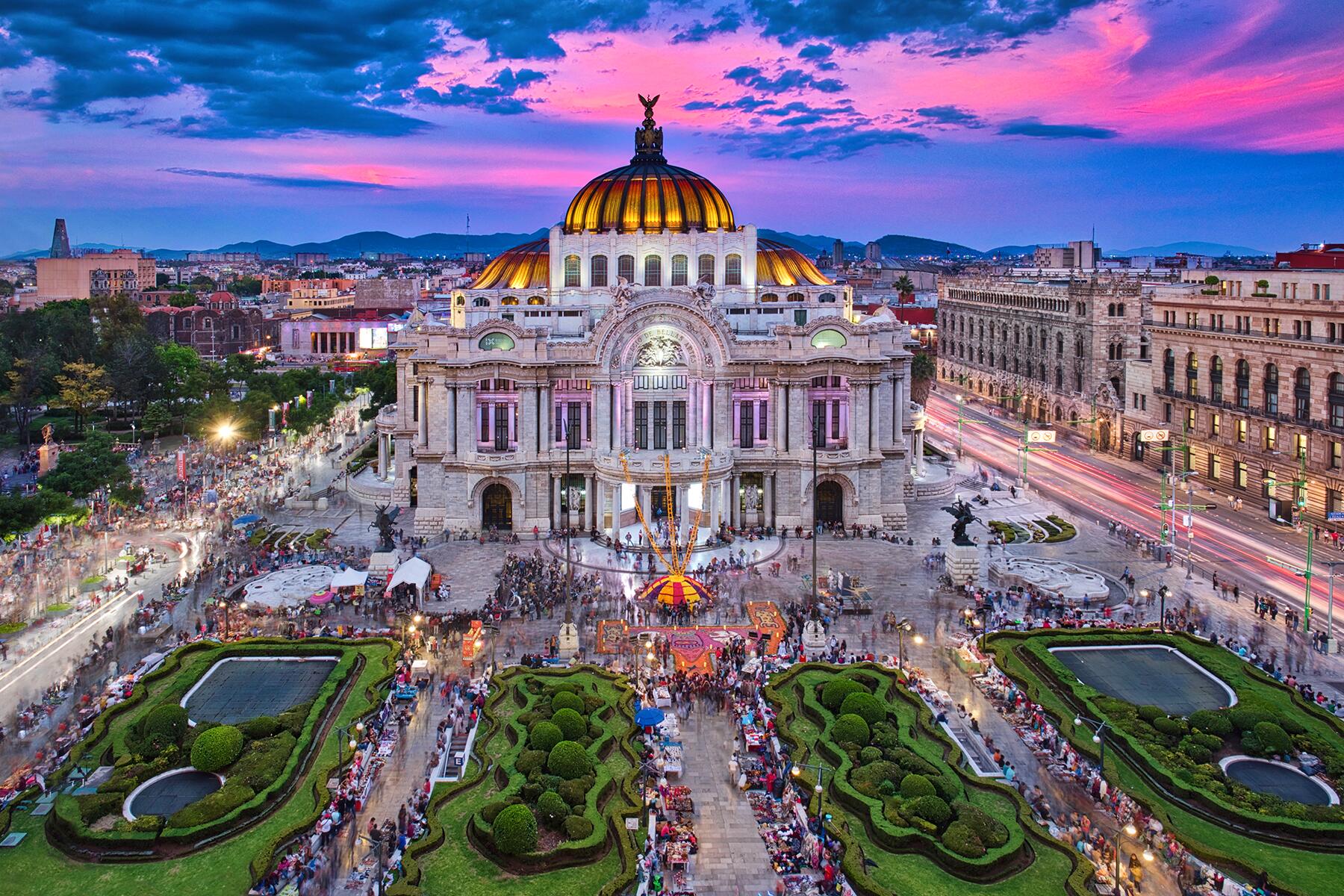
Mexicans Discovered Hot Chocolate
The early Mexicans discovered chocolate. The ancient civilizations, including Mayans, Toltec, Olmec, and Aztecs, cultivated the cacao plants many years ago. Cacao was crucial in the Mesoamerican period as it had many uses, as a drink and as a form of currency in their trading. Cacao had more value than gold.
Xocoatl, or hot chocolate, was a sacred drink to the Aztecs. Unlike the hot chocolate today, the Mayans ground-up cocoa seeds with water, chili peppers, and oatmeal, among other ingredients.
The mixture was bitter water, which was served cold. The end product was popular with nobles and royals. Warriors utilized the mixture to boost their energy. When you visit Mexico, you can still enjoy the ancient drinking chocolate with no sweetener like atole and tejate, also known as the drink of the gods.
The Fantastic Cuisine is a World Cultural Heritage
If your children enjoy eating, you may want them to travel to Mexico to try authentic Mexican cuisine. Mexican cuisine is a World Cultural Heritage, making Mexico a country of delicious foods. Traditional Mexican cuisines such as tacos, piscine, and enchiladas have unique diversity that extends far beyond the Mexican borders.
Although the cooking skills of the north and the south vary, each dish prepared is delicious, and you can never run out of options. These cuisines date back to a colonial era when natives prepared indigenous ingredients to make a unique blend. The ingredients include beans, cocoa, avocado, tomatoes, hot peppers, and peanuts.
With the rich tradition of Aztecs, Mexicans offer more in the new critter cuisine. It would be best to sample this cuisine to get over the oddness of eating bugs. These crawly critter cuisines are tasty, organic, and rich in proteins.
You can buy spiders, scorpions, or even grasshoppers in Mexican markets. There are a variety of edible insects to choose from for your next meal if you are adventurous with food.
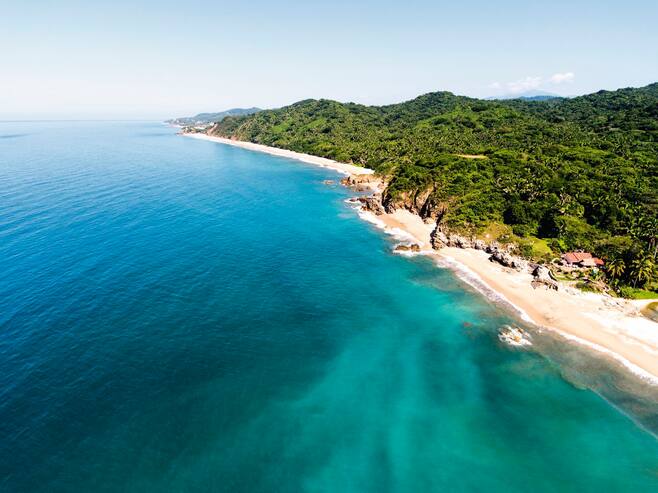;img.crop(width:658%2Cheight:370))
The People Are Welcoming and Friendly
According to the Happy Planet Index, Mexicans are friendly people. The locals are always willing to help you even when you do not speak Spanish. By all means, they figure out a way to help you or get you to your destination.
Mexicans are happy people and always spread joy by welcoming and being kind to strangers. They appreciate it when visitors are open-hearted to their people.
Because of growing socially with their families together, they become more friendly, extroverted, and outgoing. They respect their parents and honor the seniors in their society. The Mexicans love foreigners and are ready to help them settle and get used to their culture. In return, they love to hear stories about other countries.
North America’s First Printing Press Was Launched in Mexico City
The first printing press was used and established in Mexico before making its way to the United States. Juan de Zumárraga, a bishop and a Spaniard, introduced press and printed materials for the colonial church.
Juan Pablo, a Mexican, created 35 books in 1539 at the Casa de la Primera Imprenta de América (House of the First Printing Press). Mexico City’s Centro Historic museum displays his work even after his death.
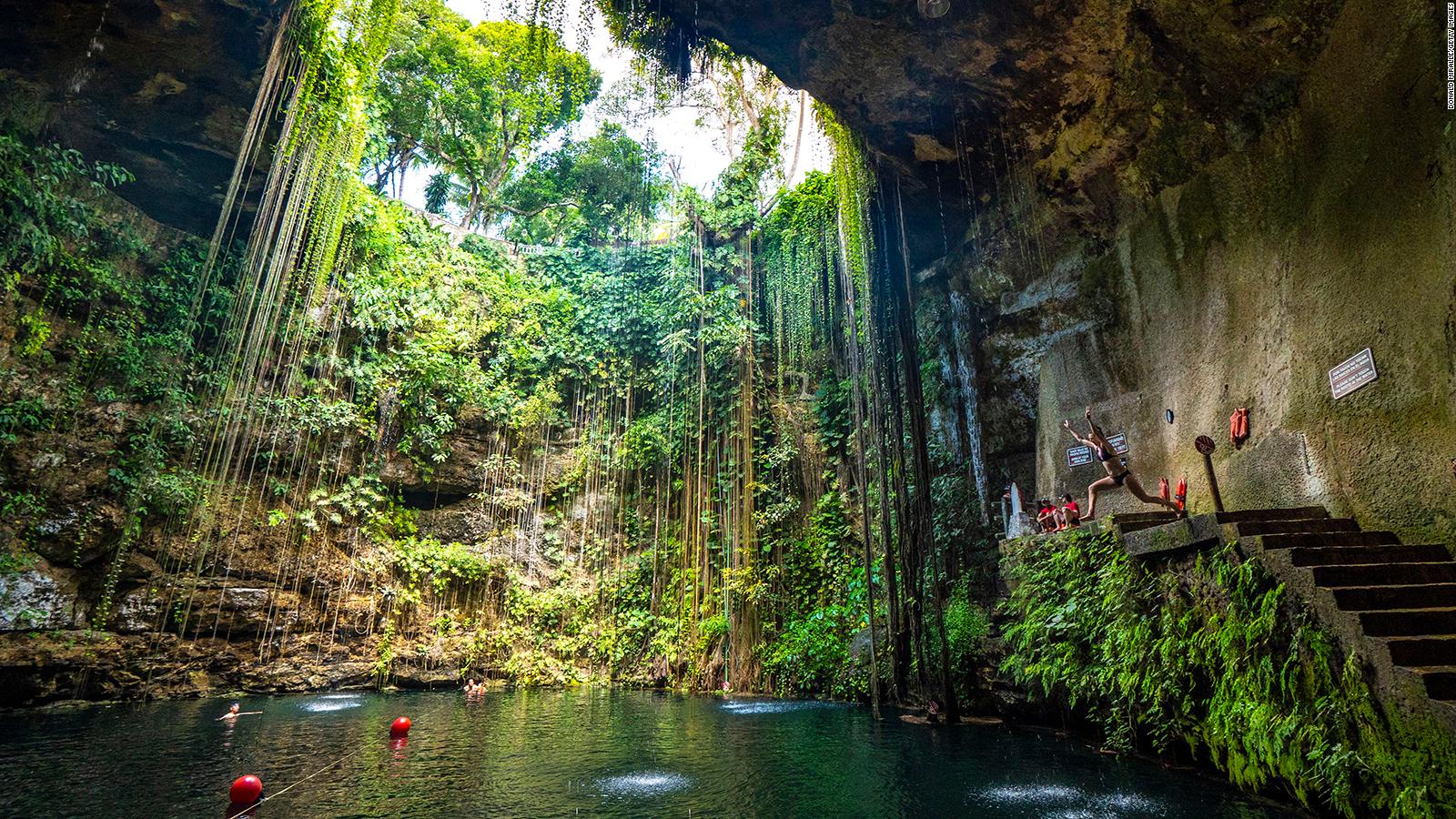
Mexico City Has the Second Highest Number of Museums
Mexico City has a lot to offer in terms of cultural diversity, from the remains of Aztec civilization construction to the Fine Arts Museum. Mexico is home to the Mayan ruins of Chichen Itza, one of the Seven Wonders of the World.
The largest and most visited museum is the National Museum of Anthropology. The museum holds the most critical information and collections of pre-Hispanic art. The Museum of Art has the country’s most ancient sculptures and paintings.
The snake’s shadow on the steps of the great pyramid El Castillo attracts tourists and researchers yearly. Thus, Mexico has a lot of information to protect and preserve for future generations. Over 170 museums hold the history of Mexico City.
Mexico is a Big-Time Coca-Cola Consumer
Mexico is a big-time soft-drink consumer, especially Coca-Cola. In Mexico, having a bottle of coke is a habit embedded in Mexican culture that has been accepted in their dining routine. Since production plants that produce soft drinks are available locally, soft drinks are cheaper than bottled water.
The country is among the world’s top sugary beverage consumers. Residents drink an average of a half-gallon or more than two liters of soda each day. Health problems such as overweight and diabetes are above average in Mexico with high consumption levels.
Excessive high fat or sugar consumption and lack of exercise are additional factors why general health issues are of concern.

Mexico City Sinks 12cm Annually
The entire city of Mexico is on top of a cenote lake, Texcoco. The water-filled sinkhole was useful during the Aztec civilization. The Spaniards ruined the sacred location for their great Tenochtitlan on top of the lake. When the Spaniards came, they rebuilt the city on the foundations of Tenochtitlan. The site would later become modern-day Mexico City.
Although the Texcoco is almost dry, the city constantly sinks to the ground. Some buildings in the capital have muddy underground.
Mexico is sinking each day more than Venice, the Italian City. The mysterious sinking has made Mexico City, once the highest capital city on earth with high elevation, overtaken by Sana’s, Yemen, about 30 feet higher. Each year Mexico City sinks 12 cm.
Mexico Has the World’s Largest Pyramid
This fact surprises many as Mexico City would be the last place you would expect to have pyramids. The largest pyramids on earth by volume are not in Egypt but in Cholula, Mexico. The massive pyramid is buried underground under the Iglesia Nuestra Senora de Los Remedios church.
The great pyramid’s construction was in honor of Quetzalcoatl, one of the Aztec gods. The pyramid is massive, with 4.5 million cubic meters. Tourists and visitors tour many of its underground passageways when visiting Cholula.
After the Mexican invasion by the Spanish conquistadors, they placed Catholic churches on top of the temples of the Aztec people. On the pyramids still, Mexico has more. The oldest pyramid built in 900 BC is Tabasco’s Great Pyramid of La Venta.
One of the world’s seven wonders, the famous Kukulkan Pyramid, is at the Chichen Itza Mayan Ruins. The Teotihuacan Pyramid, a UNESCO World Heritage Site, is approximately an hour from Mexico City.
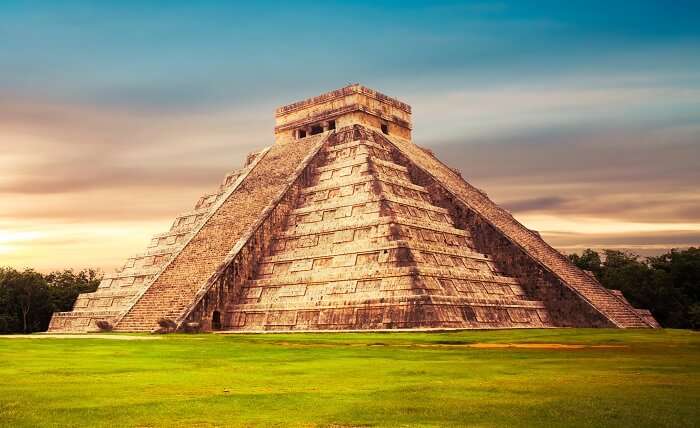
Mexican Kids Don’t Get Presents on Christmas
In Mexico, there are no gifts on Christmas. It is one of the most unique and interesting facts about Mexican culture. Although the Christmas season lasts for a month, children in Mexico receive their Christmas gifts on January 6, not December 25 as in other countries. The tradition is similar in most Spanish countries.
Every Mexican celebrates nightly holiday events throughout the country at the beginning of December. Celebrations are everywhere, in people’s homes or even rented halls.
Pasados symbolizes the Biblical story of Mary and Joseph’s journey through Nazareth to Bethlehem and search for a place to stay. The Christmas season in the Mexican culture ends after Three Kings Day in January. So, according to the Mexican culture, they give and receive gifts on Three Kings Day (Día de Los Reyes Magos).
According to Mexicans, three wise men came to give Jesus gifts on Three Kings Day. Spending time with families in Mexico is more vital than giving gifts.
Mexico is Home to the Largest Wildcat and Jaguars
In the Yucatan Peninsula, a sacred animal of the Maya people and North America’s largest wildcat, the jaguar, live in the jungle. When exploring the Tulum cenote, you should look out for jaguars. Unfortunately, habitat fragmentation has made the once-famous jaguar a rare sight in North America.
The south in the wetlands and rainforest boasts numerous tropical plants and animal species. The wildlife includes macaws, spider monkeys, and beautiful birds like parrots and ocelots.
You can spot whales, manatees, and manta rays on the Yucatan coast. The Chihuahua, a minor dog breed, has its origin in Mexico. The charming and sassy dog is bred in the state of Chihuahua in Mexico. Other rare animals you can trace in Mexico include:
- Sea horses
- Mexican wolf
- Northern tamandua
- Coati

Day of the Dead is a National Holiday in Mexico
Even though many Mexicans identify as Catholic, the biggest and most participated holidays borrow from ancient religions. For example, the day of the dead, or Día de Muertos, was from the Aztecs. The day was a celebratory affair as they celebrated their underworld Queen, the goddess of Mictecacihuatl.
After the conquest and introduction of Catholicism, the festival moved to fall. The newly chosen dates coincide with a Catholic multi-holiday that commemorates the deceased.
The Día de Muertos, or the Day of the Dead, is a national holiday in Mexico today. The holiday, celebrated across the country, is one of the most important holidays cherished by Mexican people. The elaborate Oaxaca Day of the Dead festival and Mexico City of the Dead parade are among the most celebrated festivals.
However, as much as face painting and costumes may be similar to Halloween in the United States, it is not the same. The Day of the Dead is a holiday. For a few hours, the spirits of their loved ones come to the earth to party and reunite with their loved ones.
Millions of Butterflies Migrate Through Mexico Every Year
Millions of monarch butterflies undergo a long 4,500 miles round trip every fall. The butterflies migrate from North America to central Mexico. When these butterflies migrate, visiting central Mexico is the most exciting time.
During September, October, and early November, the insects fly to the far forest of Mexico’s Central highlands. They remain in Mexico Central Highlands between November and March and then start their trips back. The monarch migrates to hide from the cooling winter temperatures in Canada and the northeastern United States.
You can listen to their wing’s vibration and enjoy the view of a million butterflies in the sky. The Piedra Herrada sanctuary is the best place to experience this. The Mexico Monarch Sanctuary is near Mexico City and on the World Heritage Site list. Interestingly, it would help if you remained silent so that you don’t disturb the butterflies.

Mexico has More Coastline than Land Borders
Mexico is one of the few countries with more coastlines than land borders. The Gulf of Mexico is the ninth largest body in the world. You can swim in the sea of Cortez, the Pacific Ocean, the Gulf of Mexico, the Caribbean Sea, and much more, depending on where you are in Mexico.
The gulf is famous for diving because of its extensive coral reefs. It was a trade route that discovered the Americas in ancient trading.
You can sail in the Bacalar lagoon Mexico, popularly known as the lake of seven colors. The lake has different distinct color shades of blue. Lake Chapala and Laguna Bacalar are also referred to as the Maldives of Mexico because of their extreme beauty.
Mexico Has 42 Active Volcanoes
The Cuexcomate Volcano is the smallest volcano on earth. The geyser is found outside Pueblo city in Mexico. The volcano stands at a 13-meter height lower than Mauna Loa, 4,169 meters. Cuexcomate is small and has a spiral staircase.
The volcano has been dormant, and the possibility of an eruption is highly unlikely. Since Mexico is in the seismically active region, also known as the Ring of Fire, Mexico is where earthquakes and volcanic eruptions occur. There are 42 active volcanoes and many inactive volcanoes.
Mexico City is close to an active volcano called the Popocatepetl. The volcano in Aztec means Smoking Mountain. The volcano has been active and erupting since January 2005, with daily low ash, stem, and gaseous emissions.
Popocatepetl is one of the most active stratovolcanoes. When there are predictions of its eruption, people close to the mountain evacuate to prevent loss of life.
The Pico de Orizaba is the highest peak in Mexico and has an inactive stratovolcano. The volcano is the third-largest in North America, standing about 18,500 feet above sea level. Mountain climbers from all over the world love to explore and hike on this volcano.
In addition, Mexico is also home to the volcano rabbit, a rare rabbit that lives around the volcanoes in the country. The volcano rabbit is considered the most primitive of all rabbits. National Geographic indicates that the rabbit is extinct, with only 6,000 rabbits remaining.
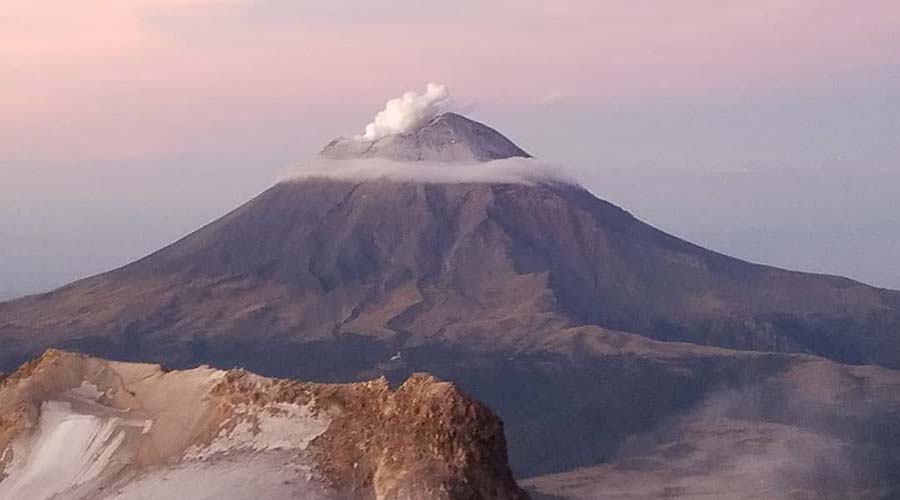
Parting Shot
Mexico boasts of interesting facts and things that your kids can enjoy. The country’s pulsating museums and rich history make it the top tourist destination in the southern portion of North America.
Mexico City has more museums than other cities to ensure Mexico’s culture and biodiversity preservation. Huge artifact collections display the country’s rich political, social, and economic heritage. With almost 500 beaches in the country, you can surf as you explore inhabited islands in Yucatan. Mexico offers you more than you can imagine.
More about our TFVG Author
A seasoned traveller, Dad, and avid sports tourist, James foundered The Family Vacation Guide to share his expert vacation experiences- especially when it comes to being a travelling family man.
Featured in Travel articles such as Travel + Leisure, TripSavvy and SFGate, you know you're reading some of the best vacation tips online.





